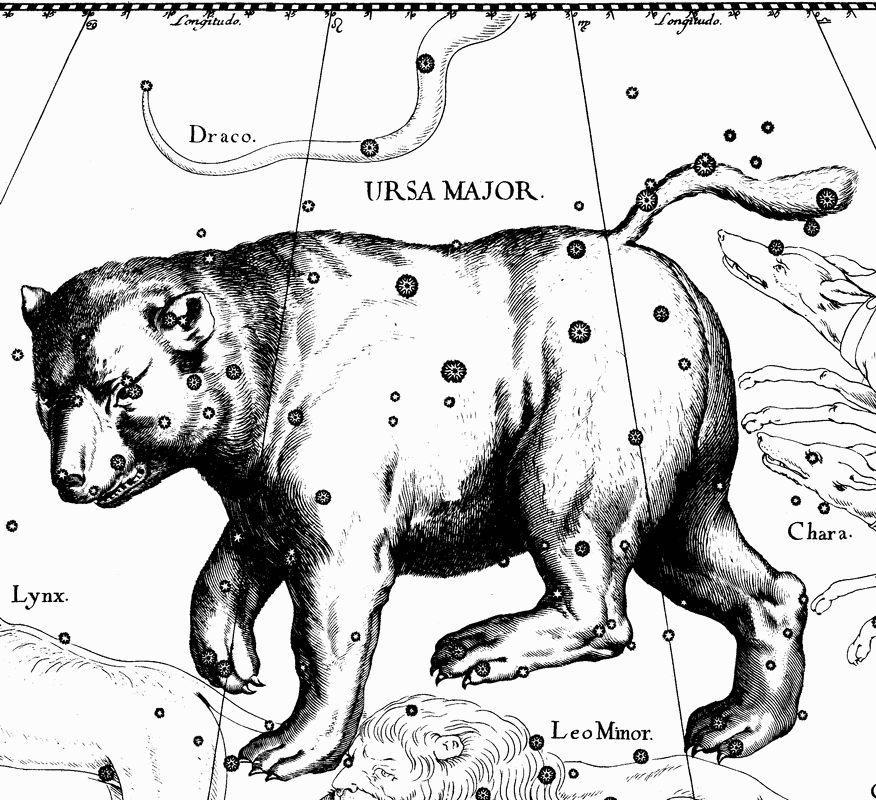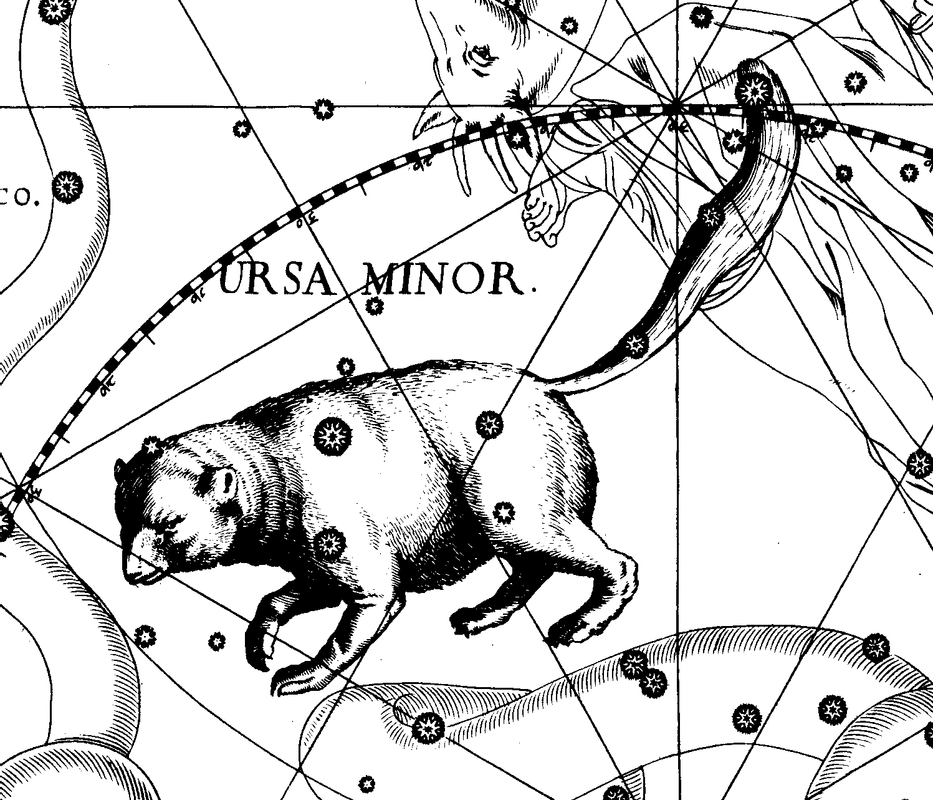Myths in the Sky: Ursa Major and Ursa Minor
Our Universe is diverse and astronomy, as a science studying our very Universe, has to deal with a variety of different objects. Stars, nebulas, other galaxies, clusters of galaxies, quasars, attractors, etc. Every object is unique, but there is one thing with roots deep in our history that unites everything in the night sky when astronomers start talking about them.
We talk about names of constellations. Usually, when someone mentions a celestial body, they mention a constellation that includes said body: Orion's belt, Andromeda Galaxy, Alpha Centauri (the closest to us star system), and so on.
Astronomers divide the sky into 88 constellations. Borders between these constellations were determined clearly by the decision of International Astronomical Union made in 1922. However, the vast majority of constellation names existed way before that and have roots in ancient times.
In this series of articles, I want to tell you about the names of various constellations. I will take a lot of information and clues from Johannes Hevelius’ star atlas Firmamentum Sobiescianum that was published in 1690. You might have seen a lot of his illustrations that are still used in scientific publications and educational books.
And of course, we will start with Ursa Major and Ursa Minor:

Johannes Hevelius, atlas Firmamentum Sobiescianum, Map 4
The Great Bear and The Little Bear — these are ancient constellations that were known in pre-Homeric times. Both of them reflect Greek legends about Calisto — daughter of the Arcadian King Likaon. She was a beauty and remained single. Nevertheless, the Almighty Zeus attracted his attention to her and she became the mother of his son Areas. In a fit of jealousy Zeus' wife Hera turned her into a bear. Once, while hunting in a forest, Areas came upon her tracks and wanted to kill her with his spear.

Johannes Hevelius, atlas Firmamentum Sobiescianum, Map 1
However Zeus wished to avoid matricide, so he turned Areas into a bear and removed him to heaven together with his mother, where they remain to this day in the semblance of the Little Bear and the Great Bear. Both are the best known of all the constellations.
Our acquaintance with heaven commonly begins with the Great Bear and, with the help of a straight line drawn through two of its most briliant stars, we find a star in the tail of the Little Bear not far from the North Pole, which serves as a guide to navigators travelling northwards.
GREAT article!
Being a bit of an amateur astronomer myself, I am now following you. Look forward to reading your next articles.
Hi @senseye, just stopping back to let you know that you were on of my favourite reads today. You can read what I had to say here
This post has been linked to from another place on Steem.
Learn more about linkback bot v0.4. Upvote if you want the bot to continue posting linkbacks for your posts. Flag if otherwise.
Built by @ontofractal